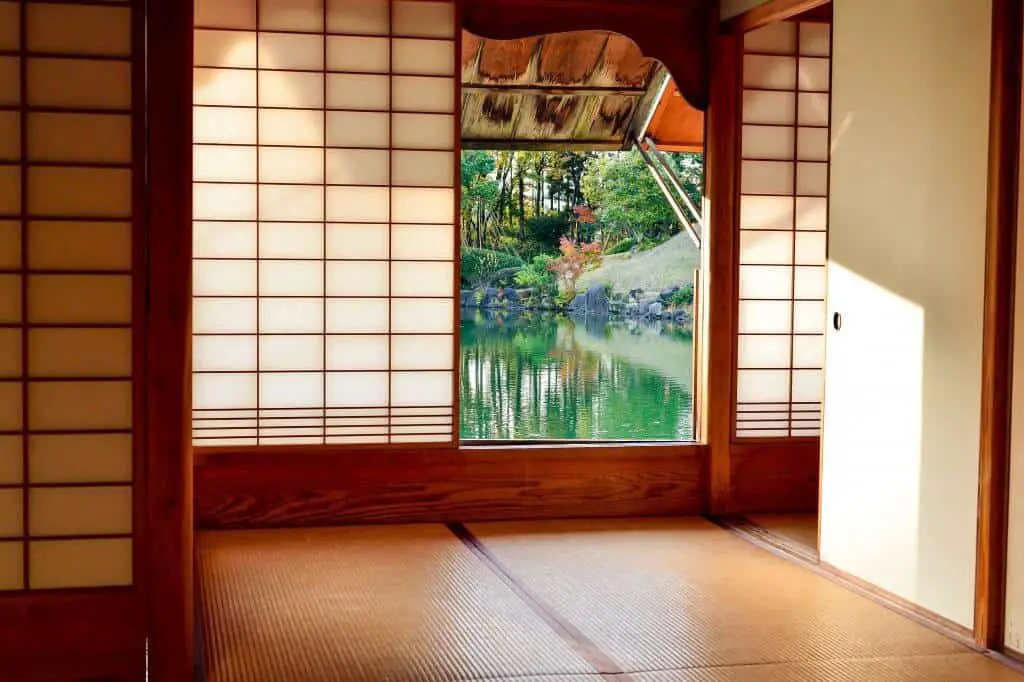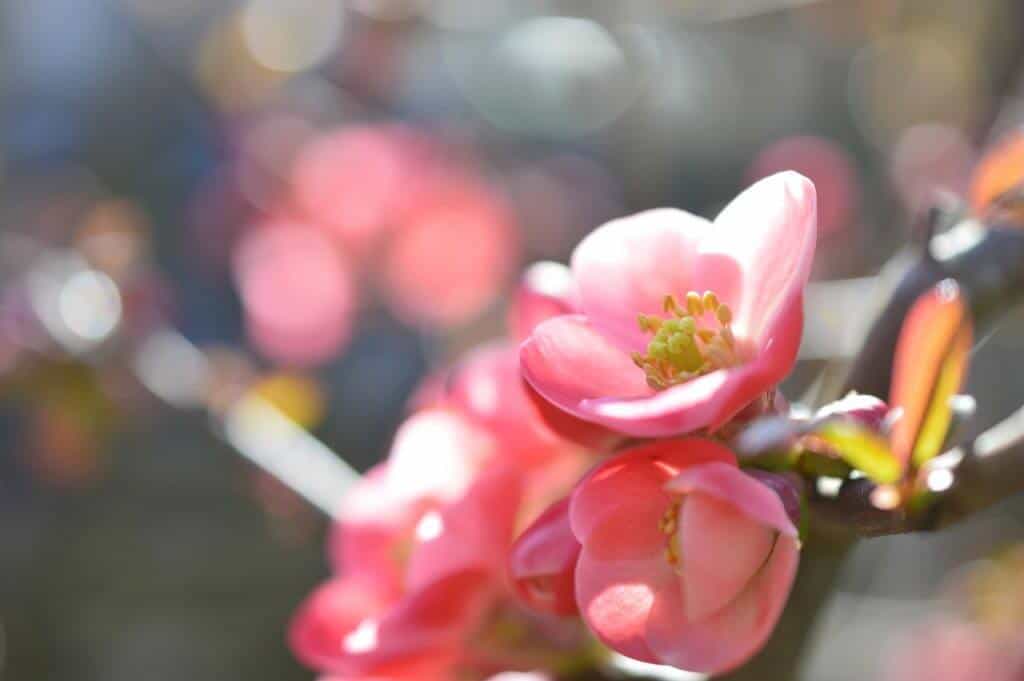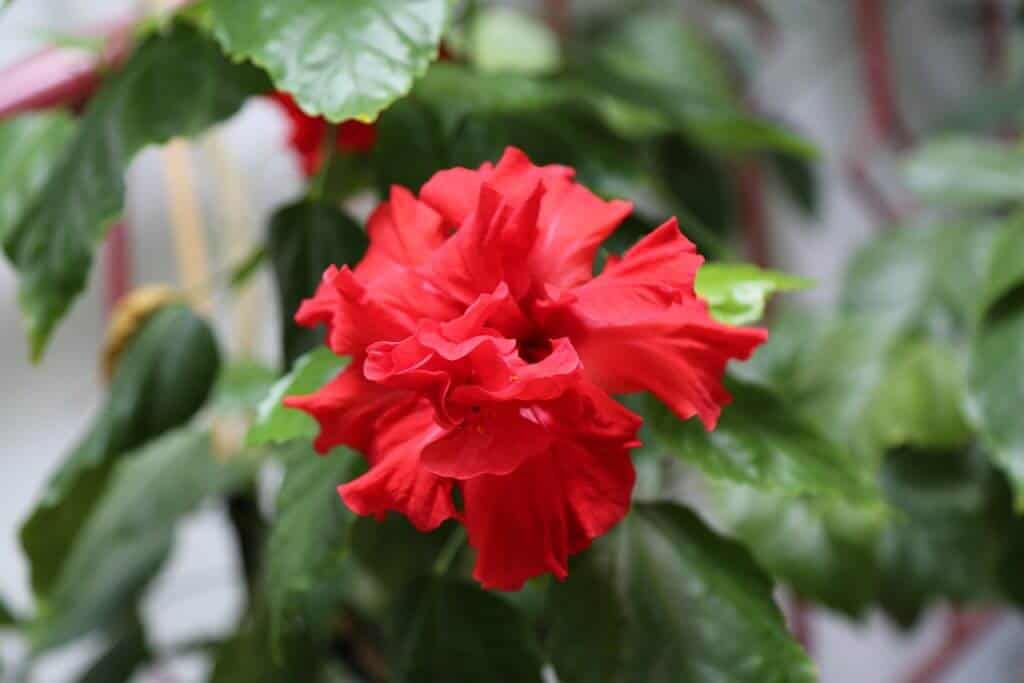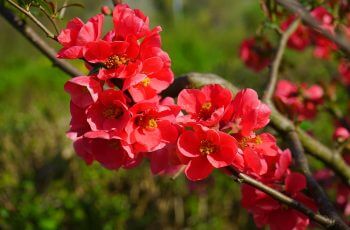 A Japanese rose garden draws design inspiration from Japanese aesthetics and philosophical ideas. The main idea behind these traditional gardens is to avoid artificial decorations and use elements that highlight the natural landscape.
A Japanese rose garden draws design inspiration from Japanese aesthetics and philosophical ideas. The main idea behind these traditional gardens is to avoid artificial decorations and use elements that highlight the natural landscape.
Origin of Japanese Rose Gardens
The idea behind Japanese Rose Gardens was conceptualized during the Asuka period.
Japanese merchants who had contact with China brought back Chinese gardening techniques and designs to Japan. Thus, today, the design ideas of Japanese rose gardens are still prevalent throughout the world.
The first Japanese rose garden appeared on the island of Honshu in Japan. The aesthetics of the garden was inspired by the distinct traits of the Honshu landscape with rugged peaks, mountain streams, waterfalls, lakes, and narrow valleys.
The first Japanese rose gardens in Japan had a rich variety of flowers and evergreens.
Further, the Japanese religion of Shinto influenced garden designs. In addition, the gardens were influenced by the Chinese philosophies of Daoism and Amida Buddhism.
Japanese Rose Garden Design Tips
Stunning Entrance
Create a stunning entrance to your garden with a beautiful gate and arbor. Consider using bamboo fencing to obstruct the view of all things outside your yard.
Create Mystery
An essential element of Japanese rose gardens is creating mystery by using design elements that cannot be viewed all at once. For instance, a winding path that features stone pagodas on a turn and something different to explore on the next corner.
Grow Evergreens
Another essential element of Japanese rose gardens is using design components that highlight differences in color and texture. Grow evergreens like conifers to provide beautiful shades of green throughout the year.

Encourage Moss
Moss provides one of the best ground covers for Japanese gardens, especially in moist, shady areas. However, it is essential to place stone steppers among the moss to allow people to pass easily without damaging the moss.
Make Private Pavilions
Use bamboo or wood to create teahouses or pavilion to serve as intimate spaces in your Japanese garden. These structures can make beautiful locations for entertaining or just sightseeing.
Pagoda Pillars
Many Japanese gardens feature stone lanterns that have been shaped like pagodas. Pagoda pillars make great centrepieces for Japanese gardens.
Create Textural Contrast
Create interest in the shaded areas of your garden by highlighting subtle color contrast and bold differences in texture. For instance, surround a tree with green hostas or chartreuse.
Structure with Plants
Prune trees into various shapes to highlight their architectural form. Tree branches can provide great contrasting ground covers or beautiful reflections in a pool of water.
Related: History of Japanese Gardens | Time Walk Through Japan’s Eras
Provide an Island Getaway
Create small islands in the middle of a pond for that secluded garden retreat. Further, use a bridge to link the islands for easy accessibility.
Feed the Fish
Another great idea is to introduce fish to the pools in your Japanese garden. Goldfish and Koi make beautiful additions to any garden pool. Condition your fish to come on for feeding on command or at specific times of the day. Remember to overwinter your fish indoors.
Stay with the Flow
Create artificial waterfalls in your garden for that soothing effect. For instance, a small stream can have a couple of waterfalls and ponds with grasses and papyrus providing ground cover for the edge of the stream.
Bamboo
Many people use bamboo trees in Japanese gardens as ornamental plants and support for various structures. Further, bamboo is a great feature for fences or stepping stones.

Japanese Rose Garden Styles
Karesansui
This is one of the best Japanese garden styles for people who do not have many plants to use in their gardens. It features fine gravel and large rocks to represent mountains and the sea respectively.
However, Karesansui garden is not intended to be walked through, but rather provide an excellent space for meditation
Strolling Garden
Japanese strolling gardens feature exploration and discovery. Thus, strolling gardens are often quite big and detailed. The traditional setup of this type of garden features a large lake or pond at its center.
Related: Japanese Landscape Design Ideas
Tea Garden
A significant feature of a Japanese tea garden is a stone path that symbolizes the movement from the everyday world into a more enchanting destination.
Further, the stone path often leads to a room or building with tatami floors where tea parties take place.
Additionally, consider the size of the stones in the path and the spacing between them. The uneven spacing allows guests to move slowly and appreciate their surroundings. Line the path with plants like camellias and azaleas.

